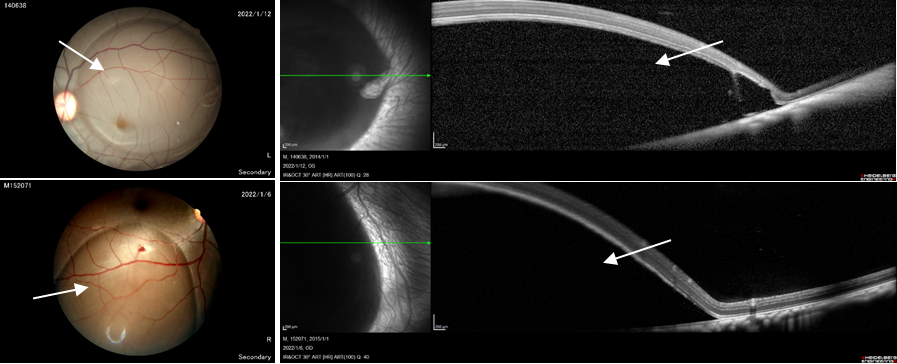


近日,鼎泰集团旗下昆明科灵生物科技有限公司 (KBI)在眼科研究领域取得重要进展:通过非人灵长类动物眼病模型上的视网膜下腔注射技术,极大增益治疗效果并减少副作用发生,为眼病基因疗法研究的转化运用提供又一个有力技术平台!
KBI非人灵长类动物
视网膜下腔注射技术为基因疗法助力
视网膜病变在中老年人群中发病率极高,而现有药物治疗效果欠佳。基因疗法有望从根本上突破这一难题。但因眼球具有特殊的生理结构,常规途径无法直接将治疗基因递送到视网膜病灶区,且易产生副作用。
视网膜下腔注射可以将治疗基因直接注入病灶区,使其在病灶部位直接表达治疗产物,获得持久的治疗的效果,同时极大减少副作用发生。但是视网膜下腔注射是一项复杂精细且难度极高的操作技术,需要专业指导和不断练习才能完成。KBI通过反复探索,在非人灵长类动物眼病模型上熟练掌握了视网膜下腔注射技术 (见下图)。

目前,KBI的视网膜下注射技术已经成功运用到视网膜病变和黄斑病变和高度近视等眼病的基因疗法的研发服务中。非人灵长类动物的基因与人类最为相近,KBI将为眼病基因疗法研究的转化运用提供有力的技术平台。
Capacity for the Evaluation of Ophthalmology Gene Therapy at KBI
Retinal eye diseases, such as diabetic retinopathy and age-related macular degeneration, are highly prevalent in the middle-aged and aged population. Retinal gene therapy offers the best hope for the sustained effective treatment of these eye diseases with minimal adverse effects.
Now KBI has successfully established a technique of subretinal injection in non-human primate (NHP) as shown below. This is very important for the translation of a gene therapy to clinical application because subretinal injection delivers gene therapy to the target location and avoid off-target effects and adverse reactions in other locations.

Subretinal injection is an extremely delicate skill and very difficult to operate. By establishing this technique in NHP models of eye diseases, KBI is well positioned to provide pre-clinical evaluations closest to clinical trial on gene therapy for eye diseases in humans.
